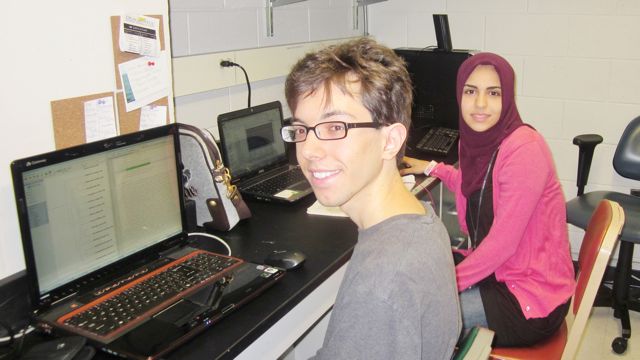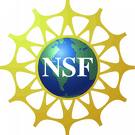Effect of nucleotide compositional bias among taxa on divergence time estimation
It is known that there are differences among genes in terms of their nucleotide compositional bias, with mitochondrial genes having more As and Ts than Gs and Cs, while nuclear genes tend to be more GC rich. In the mid 1990s it was suggested that there might also be differences in nucleotide compositional bias among distinct taxa. That is, for a group of insects, some might have more GC or more ATs across their genome. That was cautioned to be something to consider when making phylogenies, as the compositional bias might affect which trees are recovered during phylogenetic analysis.Since then, the field of molecular dating has had renaissance in terms of technique and popularity. Dating estimates when different taxa first emerged during evolution. Molecular dating accomplishes this task using substitution rates of nucleotide sequences in conjunction with fossil information, providing an estimate for the age of species divergence. Insects, for example, provide insight into timing of angiosperm divergence, co-evolution of parasites and hosts, etc. Insect dating methods were used to determine when humans first wore clothes (Lice); when slave trade brought Yellow Fever to America (Aedes aegypti), and to support geological theories of island formation.
The student will assemble simulated datasets and run statistical analyses to recover Bayesian estimates of divergence time to assess how nucleotide compositional bias impacts molecular dates. In addition, five datasets from genbank (mammals, insects, marsupials, frogs and birds) will be used to test the degree of nucleotide compositional bias among taxonomic groups, to evaluate the potential impact of this phenomenon on the evolutionary divergence date for each group.
UBM students John Marin and Sana Bendaoud in the laboratory of Dr Jessica Ware:


|
This Program is supported by the NSF grant award
DMS-0926232 Please contact Victor Matveev for further information. |